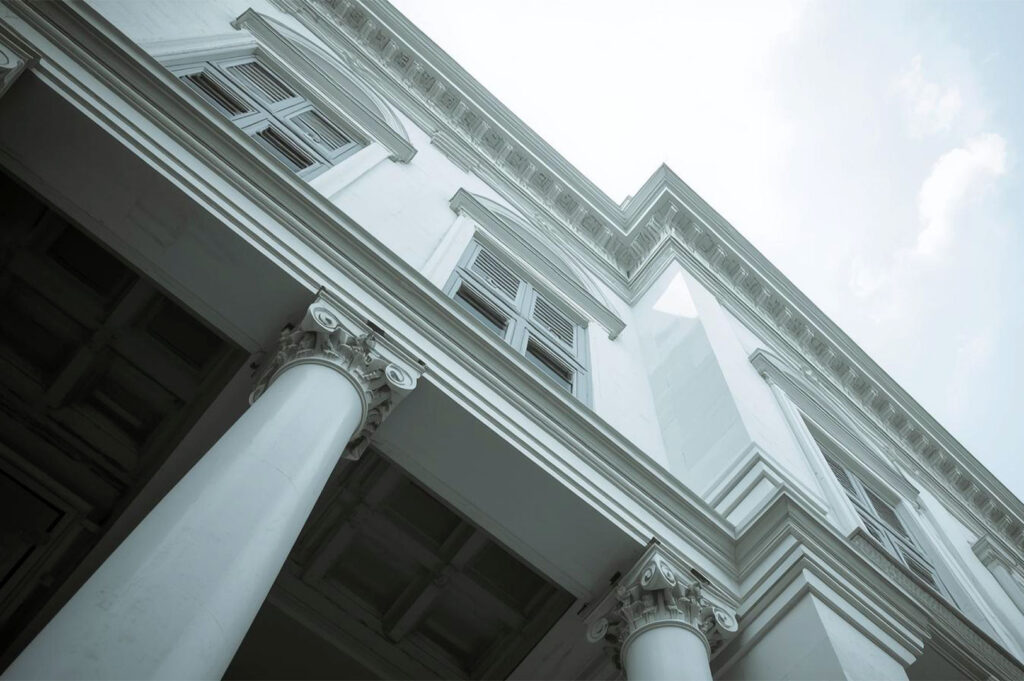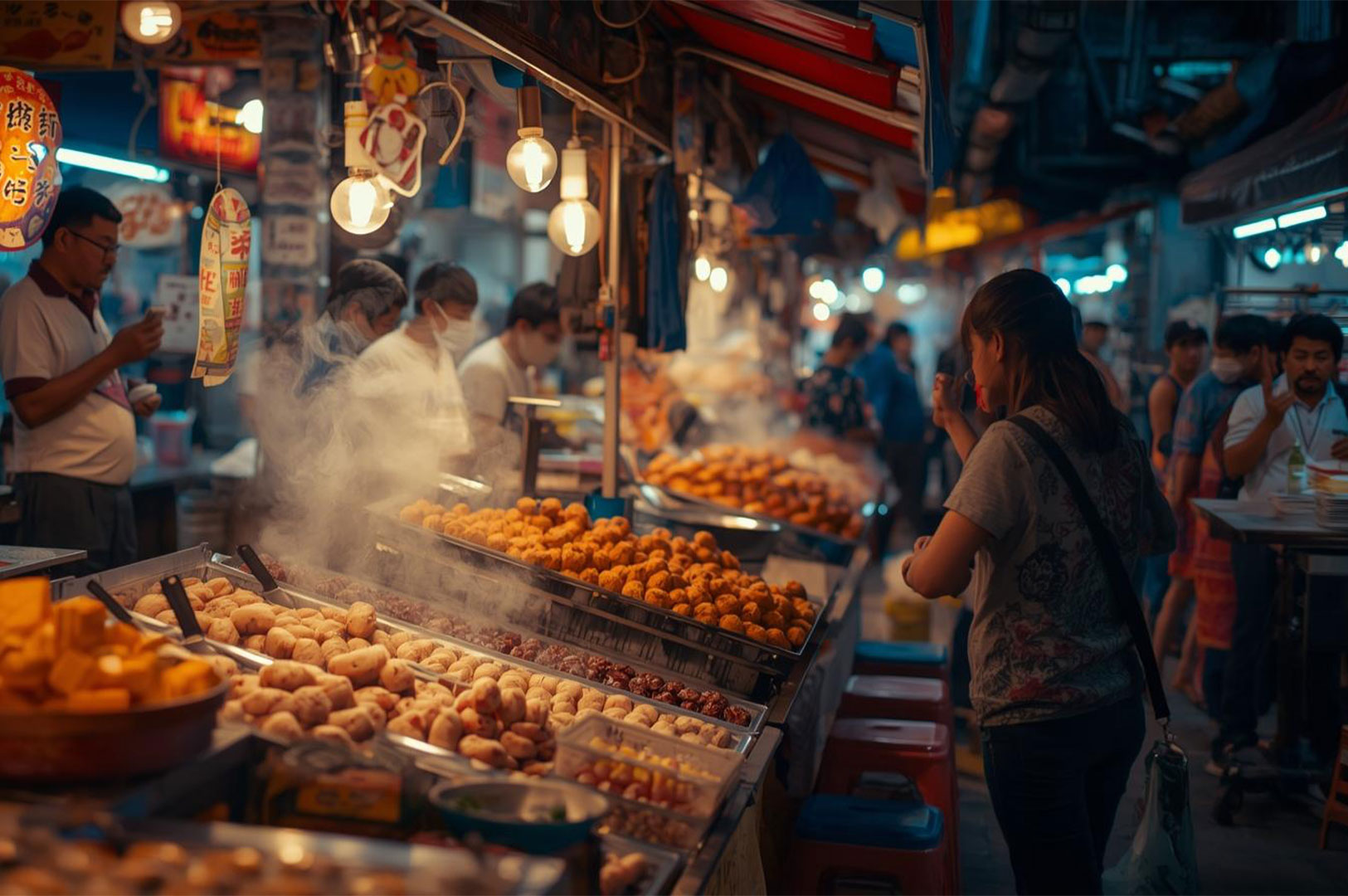Did you know that beneath the crisp white paint of many of Singapore’s grandest buildings lies a hidden history shaped by the British Empire and the ambitions of the British East India Company? One story tells of a tiger that escaped from a showcase in 1902 and found refuge under the Bar & Billiard Room of the Raffles Hotel—a quintessential symbol of colonial Singapore—only to be shot by a local school headmaster. Such anecdotes are woven into the very fabric of Singapore colonial architecture, where impressive facades mask tales from the city’s early years. The colonial era, spanning from the arrival of Sir Stamford Raffles and the British East India Company in 1819 until independence in 1963, fundamentally molded the island’s cityscape. Today, this unique blend of historical architecture—juxtaposed with modernist architecture and contemporary architecture—remains visible in iconic landmarks across the city. This article explores the hidden stories behind Singapore colonial buildings, taking readers through government offices, trading posts, black and white bungalows, art galleries, and religious sanctuaries that collectively anchor Singapore’s architectural heritage.
The Historical Context of Singapore Colonial Architecture
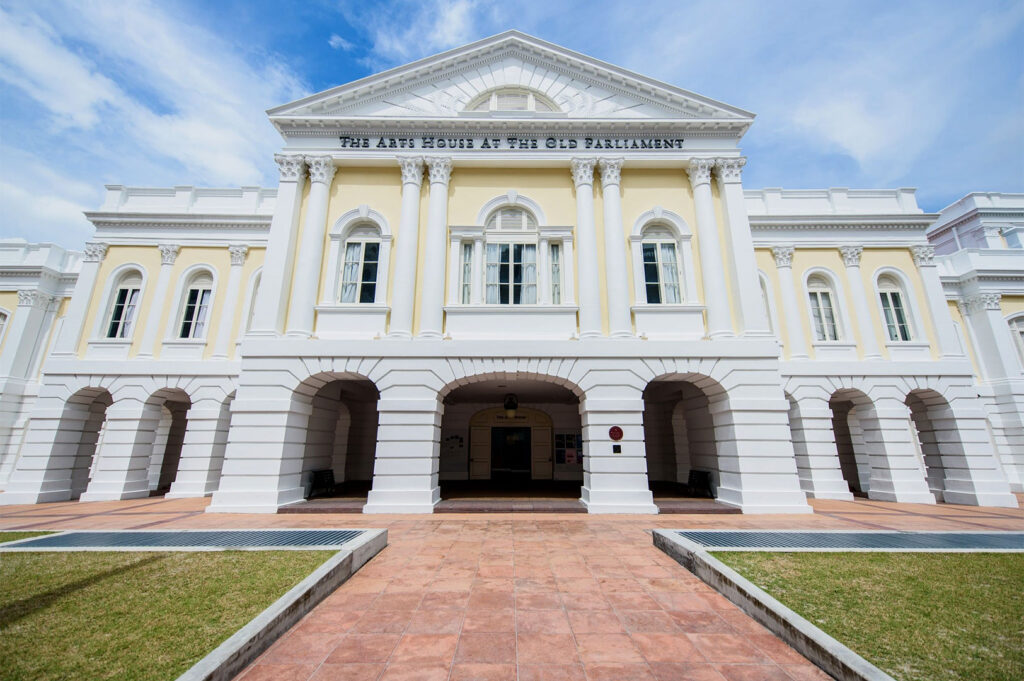
The roots of Singapore colonial architecture run deep, beginning with Sir Stamford Raffles’ vision for a structured, modern city at the southern tip of the Malay Peninsula. Under the guidance of the British East India Company, Singapore emerged as a vital trading post within the British Empire—its harbor a linchpin in the global movement of goods across South Asia and Southeast Asia.
Colonial architecture in Singapore reflected the might and organizational rigor of the British world order. Buildings were constructed to signal power, wealth, and hierarchy: neoclassical government hill structures, commercial buildings on the Singapore River, and ornate houses adapted to Singapore’s tropical climate. Architects like George D. Coleman (architect of many early old buildings and residential spaces) introduced Western forms while adapting features such as deep verandahs and elevated ground floors to maximize airflow before the age of air conditioning. Generous financial resources from trade enabled these unique structures to flourish, setting the tone for Singapore’s blend of historical and modern architecture.British Empire Civic Landmarks: City Hall, Supreme Court & National Gallery
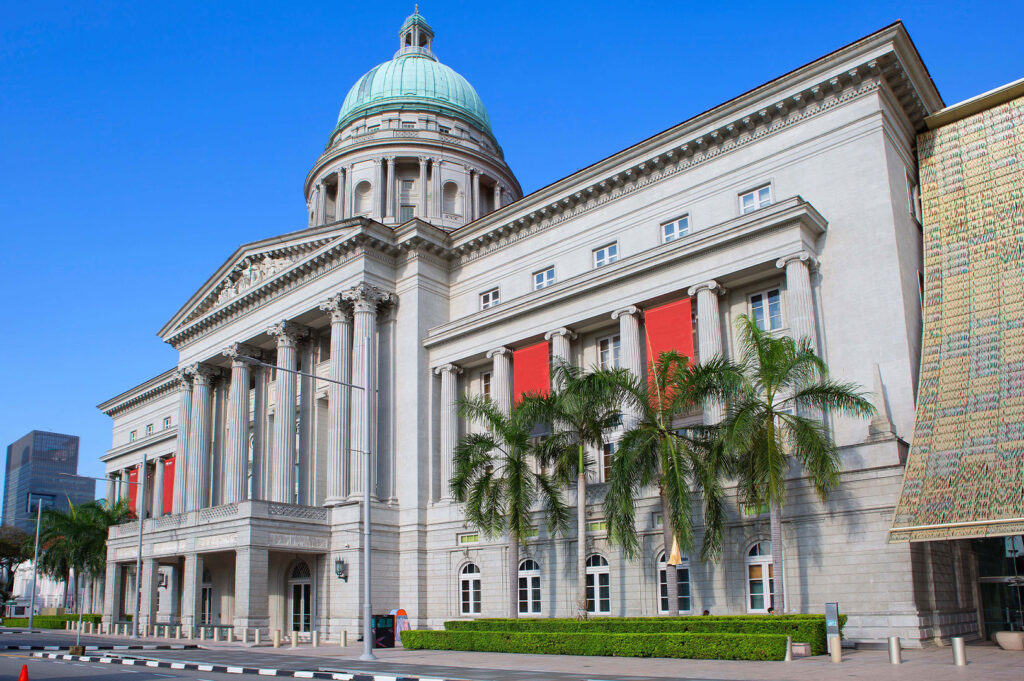
At the symbolic heart of the city-state’s history sits a cluster of iconic landmarks built during colonial Singapore’s heyday. Among them are the Old Supreme Court, completed in 1939, and the adjacent City Hall (1929)—now fused as the spectacular National Gallery Singapore. These monumental neoclassical edifices, with their Corinthian columns and stately domes, anchored the governmental core along what was once known as Government Hill. Here, world-changing events unfolded: the Japanese surrender at the end of World War II, as well as the pivotal declaration of Singapore’s self-governance.
Nearby, the Arts House (1827), the city’s oldest surviving government hall, exudes understated elegance and human scale—revealing a gentler side to British authority compared to grander civic buildings. The Victoria Theatre and Concert Hall, completed in 1862, is an extraordinary hybrid: part town hall, part concert hall, and a triumphant emblem of colonial architecture. It is here, beneath the prominent clock tower, that generations have gathered for performances, commemorations, and civic milestones. Today, these historical buildings share space with contemporary art galleries, ensuring Singapore’s architectural heritage remains a living, dynamic part of city life.Commercial Colonial Heritage: Singapore River to Lau Pa Sat
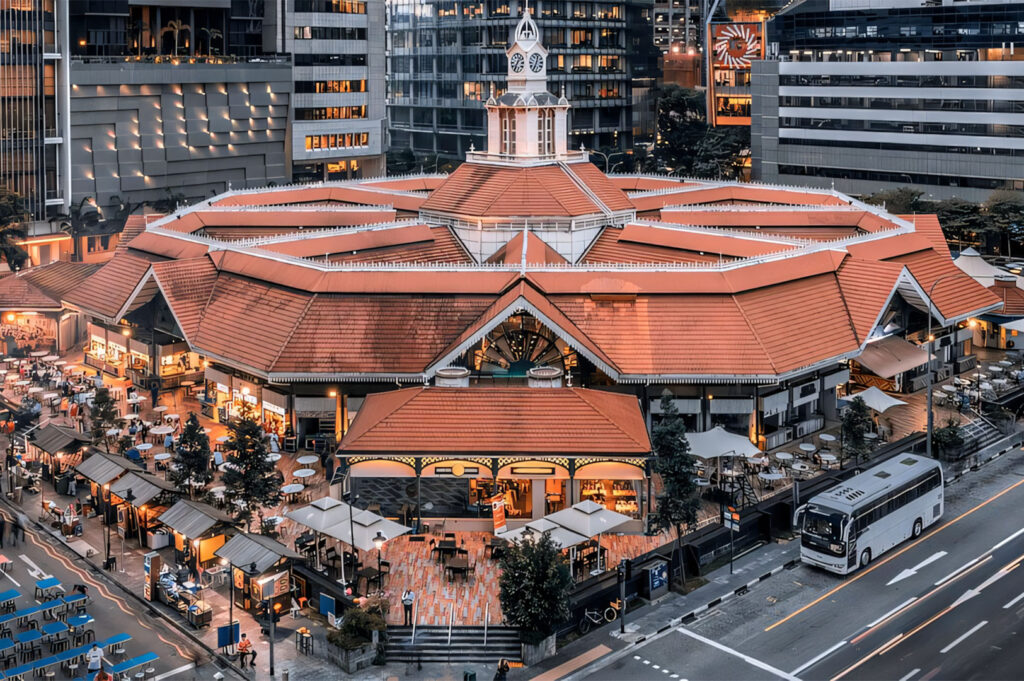
Singapore’s identity as a global trading post was forged not just in marble halls but in bustling commercial buildings that lined the river. The Fullerton Building (1928)—later transformed into the prestigious Fullerton Hotel—was once the General Post Office, where lines of traders, merchants, and residents queued beneath imposing columns for their telegrams and shipments. Its strategic location at “Mile Zero” marked the point from which all road distances on the island were measured, a reminder of the city’s colonial mastery of space and order.
Down by the Singapore River, the Customs House (1932) regulated the surge of goods integral to British commercial dominance. Alongside, Telok Ayer Market—renamed Lau Pa Sat (1894)—boasts an octagonal cast-iron structure, shipped from Scotland and reassembled on-site. Today, this beautiful market’s ground floor pulses with modern needs, serving as a popular food hub within a heritage shell—an enduring example of conservation guidelines balancing preservation and progress. Many of these former commercial buildings have now been adapted for new uses, some housing shopping mall concepts and others offering unique perspectives on Singapore’s past and present.Colonial Hotels and Leisure Spaces: Raffles and Goodwood Park
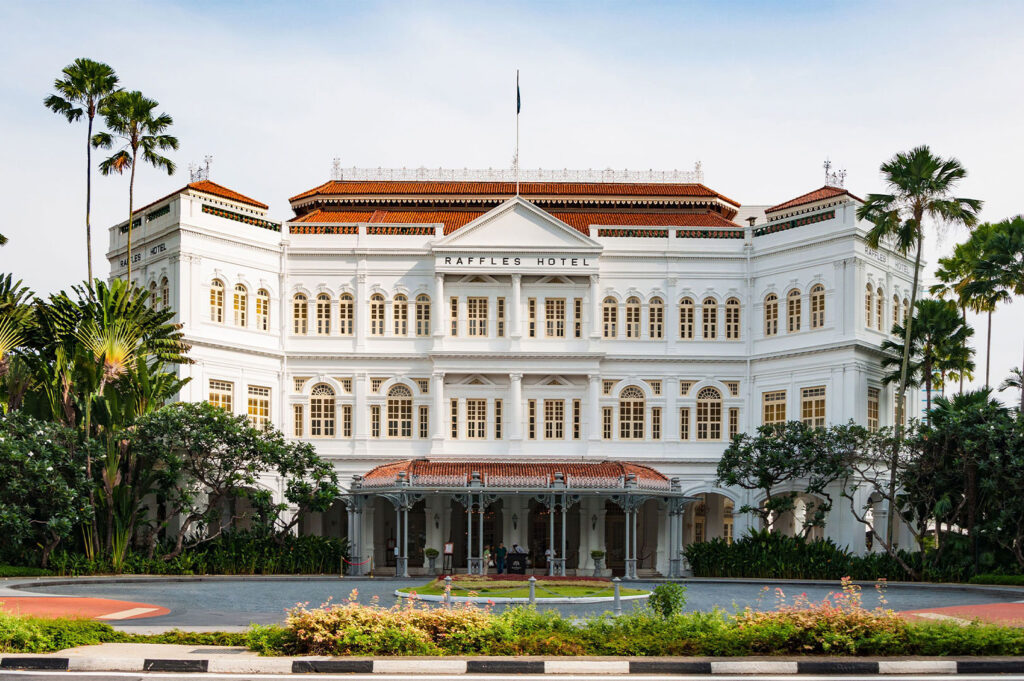
Central to the city’s rich culture and colonial era social fabric were elite leisure spaces. None is more storied than Raffles Hotel (1887), a global symbol of British colonial luxury and one of today’s most prized historical buildings in Singapore. From its gilded suites to air-conditioned marble corridors, Raffles has played host to authors, royalty, and the occasional wild tiger—each adding to its evolving mythology.
Goodwood Park Hotel (originally Teutonia Club, 1900) stands in the heart of Orchard Road, its unique structure and tower reflecting the cosmopolitan makeup of colonial Singapore. The Singapore Cricket Club (1884) and the surrounding Padang continue to be the stage for sporting and national events, marrying colonial traditions with contemporary life. The city’s transformation from a colonial enclave to a cosmopolitan city is evident in how these sites now welcome both locals and visitors, seamlessly merging old Singapore with the pulsating energy of the present.Religious Buildings from the Colonial Era: Heritage and Diversity
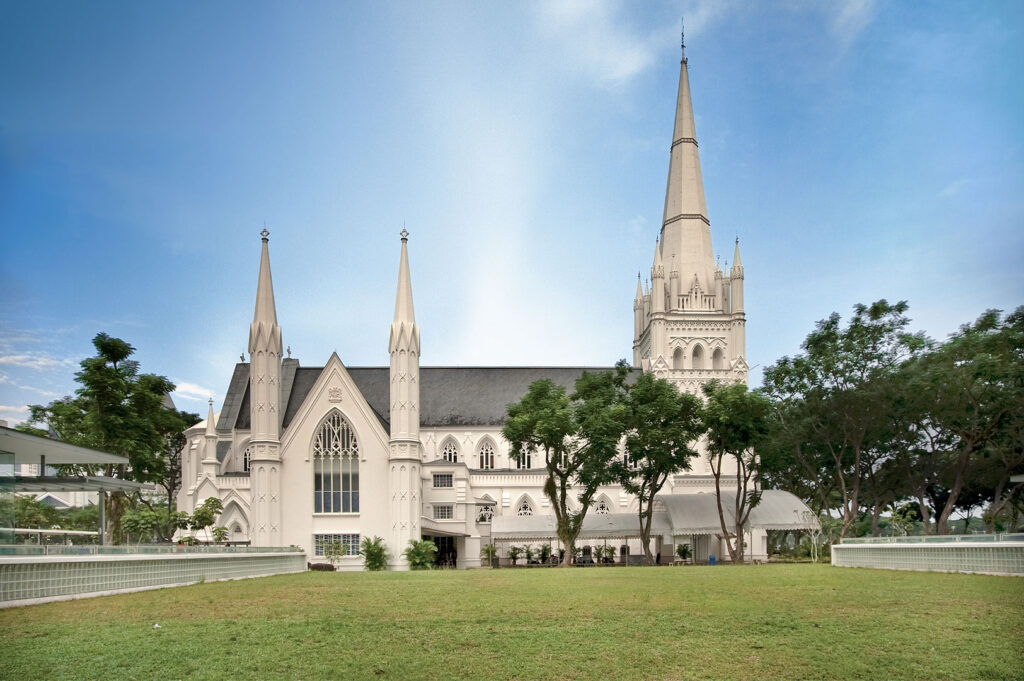
Among the jewels of Singapore colonial architecture are the city’s religious landmarks. St. Andrew’s Cathedral (1861), a striking example of English Gothic Revival, towers dramatically over the civic district. Its stone was made with tropical adaptations—shell lime, egg whites, and sugar—bearing witness to the resourcefulness characteristic of historical architecture in the region.
A short stroll away is the Armenian Church (1836), Singapore’s oldest Christian church and a tranquil oasis amidst the modern city. Designed by Coleman, its serene circular interior and grounds serve as a poignant reminder of the region’s diverse communities. The Cathedral of the Good Shepherd (1847), built for the Catholic community, not only boasts historical significance but also exquisite craftsmanship across its restored nave. Together, these places of worship showcase the overlap of faith, architecture, and the enduring values embedded by British colonial rule.Conservation Guidelines and Adaptive Reuse: Protecting Singapore’s Architectural Heritage
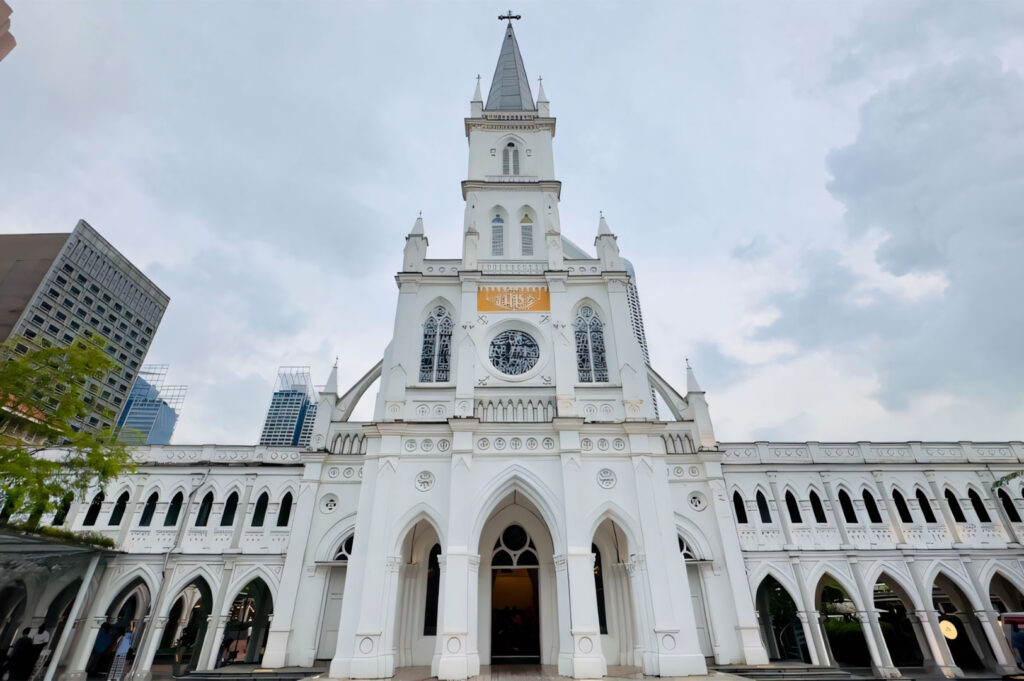
Singapore’s commitment to conservation, driven by the Urban Redevelopment Authority (URA), ensures that historical buildings in Singapore are not sacrificed to the demands of modern architecture. The city-state’s celebrated master plan emphasizes heritage corridors and adaptive reuse, breathing new life into colonial-era spaces while ground-breaking towers like DUO and Marina Bay Sands rise on the skyline.
A standout success is CHIJMES (Convent of the Holy Infant Jesus, 1852), where the elegant chapel and former school have been repurposed into bars, restaurants, and event venues, preserving their unique structures and atmosphere. The celebrated National Museum of Singapore masterfully blends historical and modernist architecture, inviting exploration of Singapore’s history through layered storytelling and innovative design. Still, as Dr. Ian Tan, an expert on Singapore architectural heritage, notes, “the challenge remains in fitting old buildings and their conservation guidelines into a city of modern needs and limited land.” Yet, these efforts allow Singapore’s past to be part of the present, enriching the city’s urban landscape.Walking Tours: Experiencing Colonial Architecture Singapore
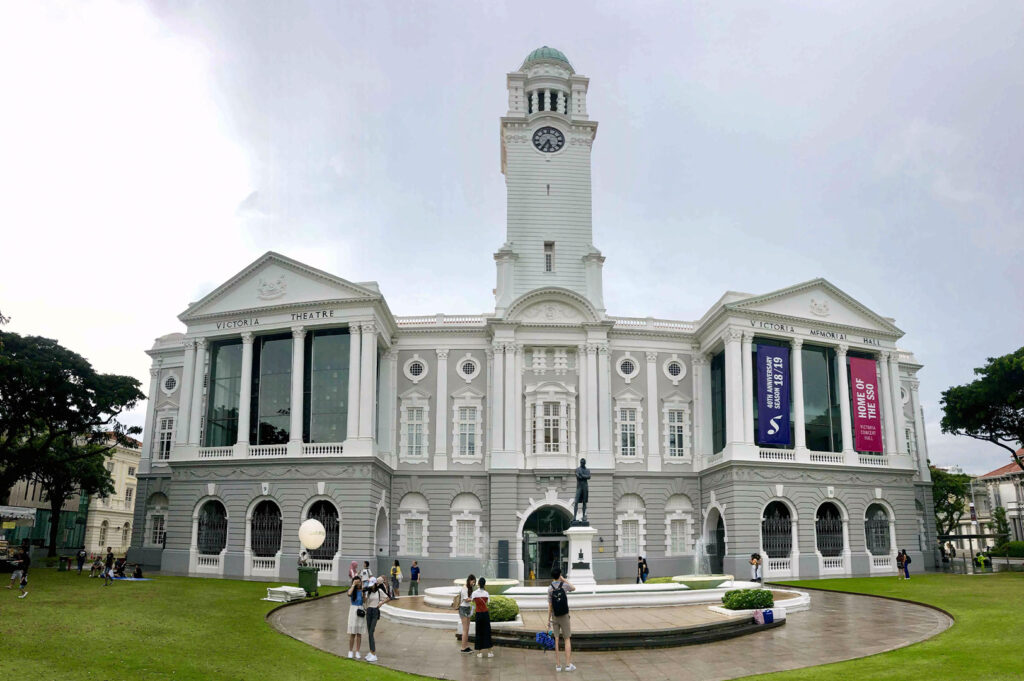
Exploring Singapore’s colonial architecture is best done on foot, tracing the journey from old government buildings near Fort Canning Hill and the Singapore River to vibrant commercial and religious landmarks. Begin at Raffles Hotel, pass through the Padang near City Hall, and linger at the iconic Victoria Theatre and Concert Hall. Early mornings or evenings offer ideal light—perfect for photographing both old Singapore’s charm and contemporary architecture juxtaposed against skyscrapers such as Marina Bay Sands and Supertree Grove.
Special walking tours, organized by museums or heritage organizations, often grant access to interiors of buildings like the National Gallery or even black and white bungalows hidden among Tiong Bahru’s leafy residential complexes. Apps by the URA and Singapore Heritage Trails make self-guided exploration easy, ensuring that both locals and tourists can experience the textures, stories, and rich culture embedded in Singapore’s urban layout.Conclusion: Reflecting on Colonial Singapore’s Enduring Legacy
Singapore colonial architecture stands as a living reminder of the nation’s layered and complex history. While these buildings evoke the grandeur and ambitions of the British Empire and the colonial era, they also serve as anchors for local identity, integrating Southeast Asia’s past with present-day aspirations. Today’s Singapore is a vibrant city state where colonial buildings stand alongside contemporary developments, revealing an unmatched dialogue between the past and the innovative spirit of new generations. By understanding these architectural treasures, locals and tourists alike connect with the island’s unique journey and its determination to preserve historical significance amid relentless change.
Additional Resources: Deepening Your Knowledge of Singapore’s Architectural Heritage
- Books: Titles such as Singapore’s 100 Historic Places by the National Heritage Board and Pastel Portraits: Singapore’s Architectural Heritage offer insights into old buildings, commercial buildings, and black and white bungalows.
- Museums and Exhibitions: The National Museum of Singapore and the Asian Civilisations Museum present exhibitions on Singapore’s history, colonial architecture, and the evolution of the city.
- Websites and Apps: Explore the National Heritage Board (nhb.gov.sg) and the Urban Redevelopment Authority’s resources, or use the “Singapore Heritage Trails” app to guide you through historic sites and unique structures across the city.

